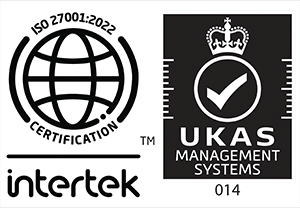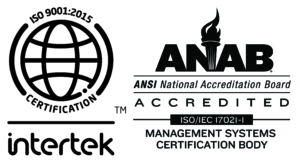The Three-Pass System for a LDAR Tagging Project
Different methods can be used to manage an LDAR SmartFlag Tagging Project: the One-Pass, Two-Pass, and Three-Pass systems.
Method Description
The One-Pass Method streamlines the process into a singular, continuous workflow. One LDAR Project Technician (the Flagger) moves through the facility, flags the location, hangs the tags, and documents the components in a single sweep. At the end of the workday, the data is checked in to the LDAR Database.
The Two-Pass Method splits the process into two distinct stages. First, a technician (the Flagger) flags the areas for a workday. These flags are then checked in, and appear in the SMARTFlag tab in Chateau.
The second pass is then assigned to a different technician by the LDAR Project Manager. This technician identifies each flag, tags the components, and documents them. This process offers a more detailed and careful examination as it allows different LDAR Documenting Technicians to participate in the workflow, bringing in their unique perspectives and insights.
In the Three-Pass Method, the process is further broken down into three stages. Initially, a technician (the Flagger) flags the areas. Once the flags are checked in, they appear in the SMARTFlag tab.
The manager then assigns the flags to another technician (the Tagger), who goes out, identifies the flags, and tags the components. After the tagging process, the data is checked in.
Finally, these flags are assigned to another technician (the Documenter) who goes out and documents the LDAR components. This approach provides even more meticulousness to the process, with different technicians focusing on specific tasks, thus reducing the possibility of overlooking any details.
SmartFlag Grid
The SmartFlag grid in Chateau uses different terms to indicate the state of a tag. For example, “Pending” indicates that the tag hasn’t been documented yet. Flags can be assigned to techs, and multiple flags can be assigned to the same tech or to different techs in sequence.
Remember to unassign or delete flags that have been completed to avoid redoing them. Completed flags show “0 Pending,” which might confuse the technician.
Understanding the Porches
Chateau uses different Porches to manage the asset workflow:
1. Owners Porch
2. MOC Porch
3. New Component Porch
4. Reconciliation Porch (More information can be found in the Training Document.)
When a new component is checked in via Chateau Mobile(on the Android Tablet or Handheld), it appears under different tabs based on the technician’s role. If the tech is a Suggester, the component will appear in the New Components Porch, awaiting approval. If the tech is an Approver, it shows up in the New Components Historical Porch and the Component grid, requiring no further action.
When a component is associated with an existing tag, it appears in the MOC Porch. This happens because it isn’t a new component but an edited version of the pre-existing tag number. This feature is very helpful for LDAR True-Up Projects.
Creating a QC Tour in the MOC Porch or the Component grid is also possible. However, once you have saved a doc grid, the only way to retrieve it is to cycle it back through the Chateau SmartFlag grid by checking it in and out, though it must be assigned to you to check it out.


